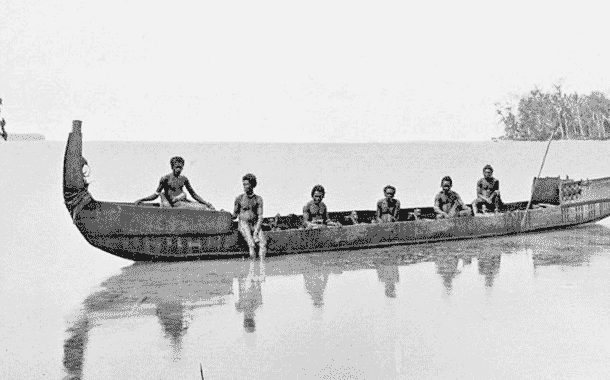<![CDATA[According to a new study published in the online journal PLOS ONE, ancient inhabitants of Vanuatu began to grow crops when they started running out of animal resources 2500 years ago. The researchers came to this conclusion using isotope analysis of bones found earlier this year. The bones that were studied belonged to the Lapita, a group of people that traversed into the remote sections of Oceania, east of the Solomon Islands. This discovery helps clear up confusion about the Lapita's diet, a debate which started in the 1970s. The researchers have concluded that these people shifted to a greater reliance on ground produce and plants like taro, yam, and banana. The Lapita people migrated from the islands of south-east Asia to Papua New Guinea and the Solomon Islands in around 3300 BC. They continued to spread throughout Oceania and arrived in the remotest sections of the continent in around 3100 BC. It is believed that the Lapita brought domestic and exotic plants and animals with them to the eastern sections of the Pacific. For a while, it was unsure what these people really did. Some argued that the Lapita were just hunter-gatherers that travelled from one island to the next. The researchers found a site in Vanuatu containing skeletons of the Lapita people from the earliest settlement to as recently as a couple of centuries ago. The site is located on an island near to Malakul, named Uripiv. This area is very special to researchers as it is the first place to have a complete record of a pre-European settlement. Using isotope analysis techniques lead researcher, Rebecca Kinaston, bioanthropologist from Otago University in New Zealand, and her team, found a clear transition from an animal-based diet to horticultural produce towards the end of the Lapita culture. This was in stark contrast to earlier studies that suggested that throughout the existence of the Lapita people, their diet had been filled with shellfish, fish, wild birds, fruit bats, and marine turtles. Analysis of other evidence has shown that these animal resources, especially the tortoises and birds, were going extinct around the same time the Lapita people were switching to a more plant based diet. This shows that these people started to farm when their favourite foods started to dwindle. As these gardens and mini-farms started to increase, wild resources started to decrease. The researchers found that yam and taro did not grow in Vanuatu naturally, so they must have been brought onto the islands by the people to grow in their gardens. The researchers used microfossils of the remains of yam, taro and bananas found in the Lapita people's teeth plaque and soil, to prove they were a major part of the Lapita's diet. Research has been going on in these regions of Vanuatu for over ten years. The bones that were found were well-preserved, because of the volcanic ash that covers the whole area. They were also well protected from the erosion of the sea. The researchers are still looking to find out what other uses the Lapita people had for their gardens. It is now known, for example, that they also used these foods for ceremonial purposes. ]]>
Vanuatu Natives Developed Horticulture to Survive
